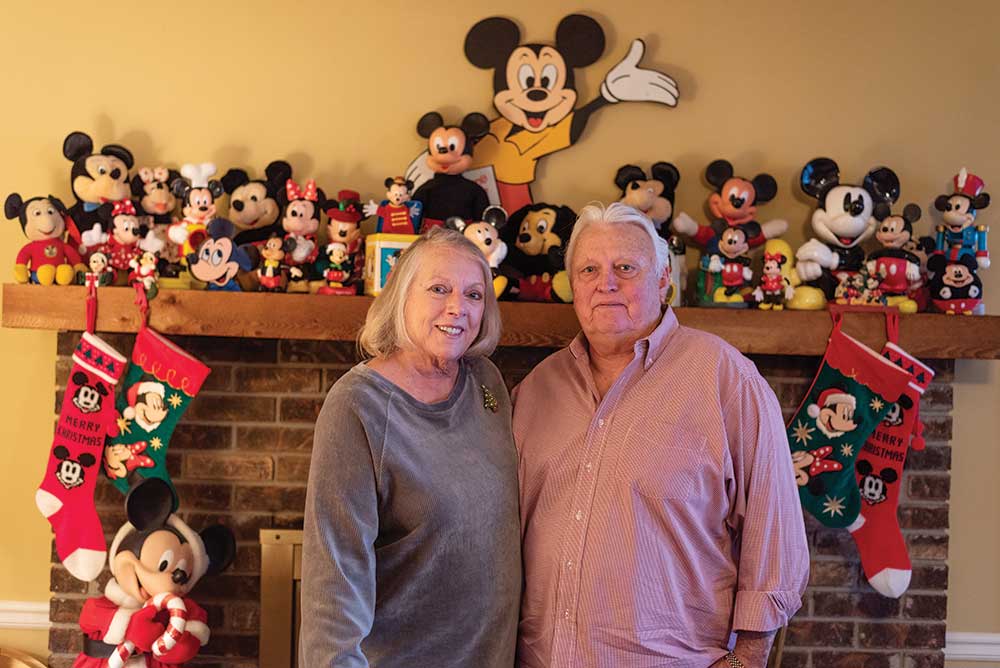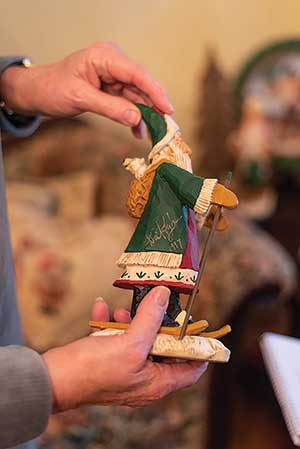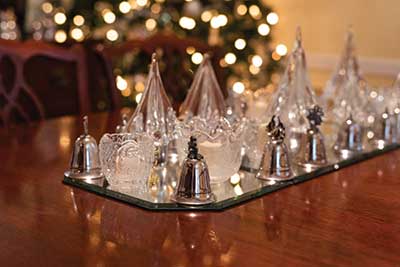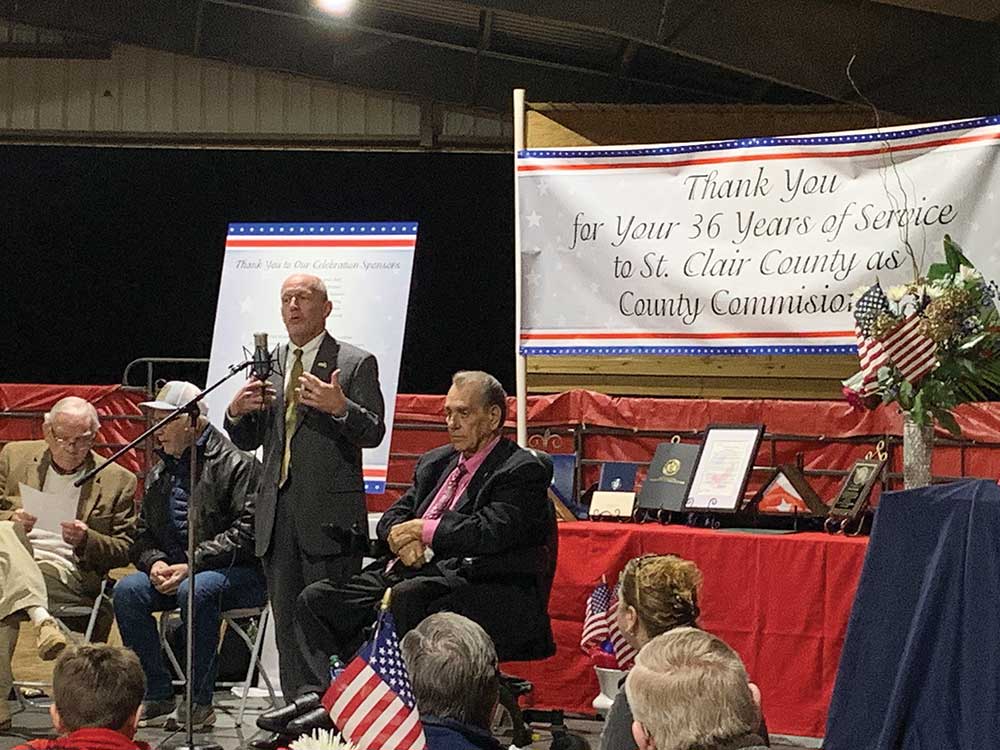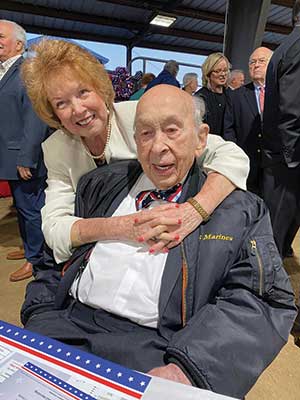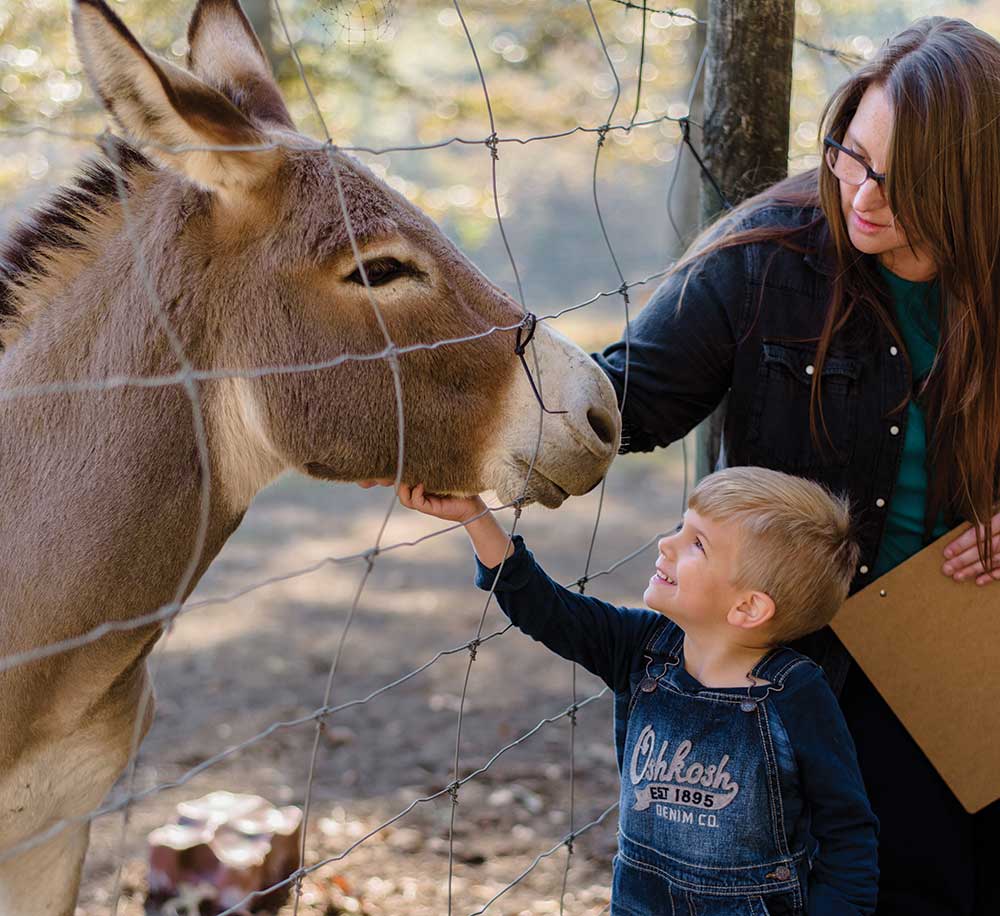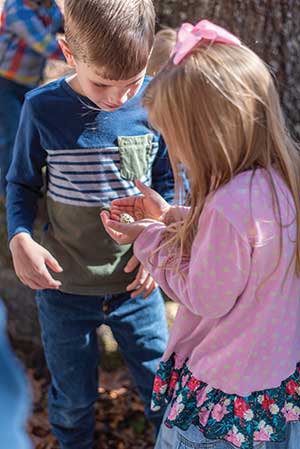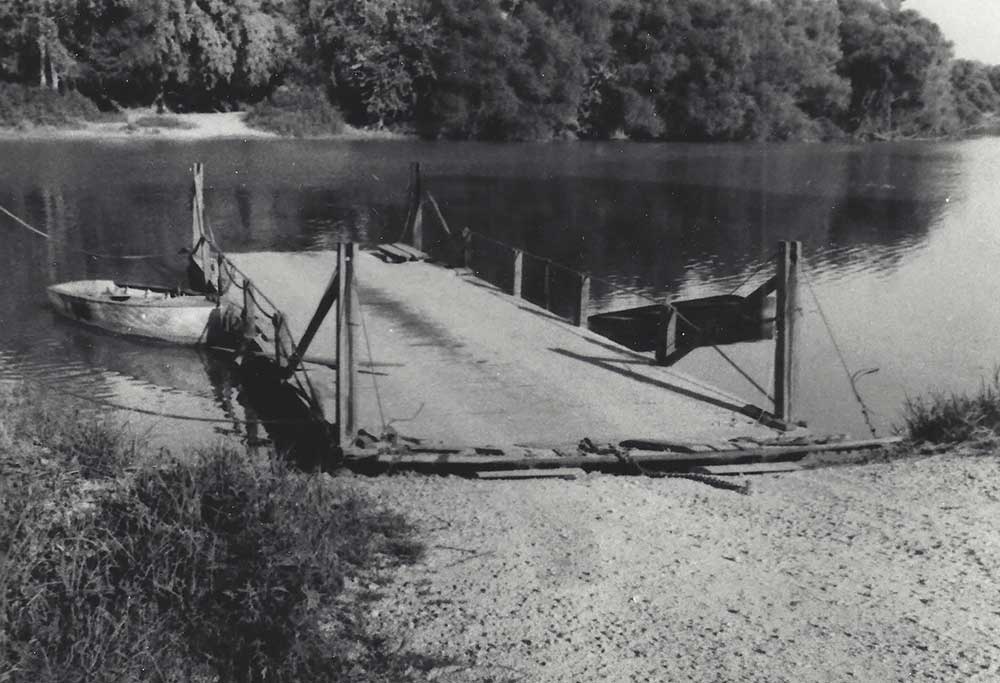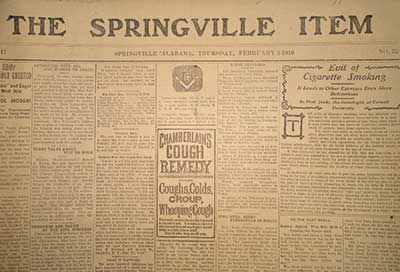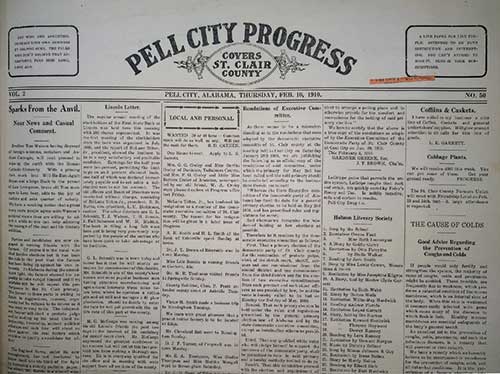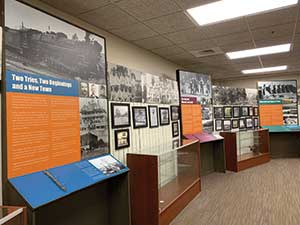Story by Scottie Vickery
Photos by Kelsey Bain
When Christmas comes to the Logan Martin Lake home of Sandra Mullinax and Randy Royster, it comes in a mighty big way.
The halls are decked with at least five Christmas trees, and some years there have been as many as 13. Factor in all the other decorations, including snow globes, quilts, whimsical Santa figurines and stuffed animals, and there’s a whole lot of jolly happening there.
“When I was young, my mother did a lot of decorating, and I always thought it was magical,” Sandra said. “It gives me a lot of pleasure.”
For her, the joy begins in mid-November when she first heads for the room devoted entirely to her decorations, a space that’s filled to overflowing. Despite the thrill she gets when she opens each box, she starts slowly and doesn’t get into full Christmas mode for at least a few more weeks.
“Randy doesn’t want me to rush Thanksgiving, so I start in the rooms he doesn’t see much,” she said. “It usually takes three to four weeks to get it all decorated, so we’re a few weeks into December before I call a halt to it. I tell myself, ‘Don’t forget you’ve got to take it all down.’”
Although she’s always been full of holiday cheer, Sandra didn’t necessarily set out to have Christmas in every corner. “A lot of things have been given to me by family and friends who know how much I love Christmas,” she said. “Most people would think it’s out of control, but it’s all special to me.”
It started fairly innocently. Sandra has always loved Mickey Mouse and other Disney characters, so in the late 1970s or early ‘80s she decided to devote a tree to them. Although she had a few ornaments she’d gotten while visiting her mother, who lived near Disney World at the time, she needed more to make it work.
“There weren’t that many Mickey ornaments available,” she said. “This was before people started spending more on Christmas.” Instead of giving up, Sandra got busy instead. She found some wrapping paper featuring the famous mouse, cut out his face and made lots of Mickey ornaments with inexpensive gold frames. She also cross-stitched ornaments featuring several of the characters, including Minnie Mouse and Donald Duck.
Many years and themed trees later, the Mickey tree remains her favorite. Now her whole den is devoted to the crew, with stuffed animals and figurines adorning the mantle and other areas while a display of snow globes has a place of honor on the coffee table. “It just makes you smile and gives you a lighthearted feeling,” she said of the collection.
That’s the same reaction she had when she saw her first David Frykman figurine. Sandra, a retired account executive for Levi Strauss, traveled a lot for work and was at a hotel gift shop in Arizona when she fell in love with a whimsical resin Santa. “I just loved his sweet face,” she said.
Since then, she’s collected more than 100 Frykman ornaments and figurines, many of which are signed by the artist. In addition to the tree devoted to them, there’s an assortment of mischievous Santas, as well as reindeer, polar bears and other creatures.
“I have two nieces, and every year for Christmas I would get them a Frykman,” she said. Although the girls, who were young children when she started the tradition, weren’t always thrilled with the gift, they love having a collection of their own now. “They’re older now and both have a child, so now they appreciate them,” Sandra said. “It’s fun to see them in their homes and see how proud they are of them.”
Chances are, they love the memories as much as they love the figurines, a sentiment Sandra knows well. Many of her decorations are touching reminders of trips they’ve taken or the friends and family members who have added to her collection, including Randy’s mother, Betty.
“She loved Christmas, as well, and she was generous to a fault,” Sandra said. “Anytime she’d go somewhere she’d buy something for one of my themed trees.”
There’s the white and silver tree in the dining room that features 25 or 30 Waterford crystal ornaments, a perfect complement to the table’s centerpiece of crystal Christmas trees and Lenox silver bells. A tree on the screened porch may be a salute to America one year and decorated with birds and nests the next. She’s also had a nutcracker tree and a Dalmatian-themed tree in honor of a dog they once had.
Perhaps the most special tree, though, is a “half tree,” which is flat on one side, hangs on the wall of the guest bath and is adorned with handmade felt ornaments that she and her mother, Mignon, crafted. “I made them many years ago when I was living in an apartment in New Orleans,” Sandra said. “I talked my mother into making some, and she signed the backs of them. Those ornaments are old and precious.”
Although Randy doesn’t want Thanksgiving to get lost in the shuffle, he loves the Christmas decorations – and the memories they hold – as much as Sandra does. He bought a farm in Clairmont Springs near Ashland not long after retiring and selling his trucking company, and that’s where they head the day after Thanksgiving.
“We always go there and cut two or three fresh trees,” Sandra said. “The more trees that are up, the more Randy enjoys it.” Not surprisingly, the farmhouse is decorated, as well. “The whole house is done in snowmen there.”
Although it takes weeks to set up her displays and just as long to take them down, Sandra and Randy love celebrating big. “There’s just something about Christmas,” she said. “It makes you feel younger and puts a smile on your face. Everyone has a nicer spirit, I think, this time of year.”
That’s why they will keep on decorating, despite the time and energy it takes. “We love sharing the holiday with family and friends, and they seem to enjoy the atmosphere and like looking at everything,” she said. “When we have younger children here, there’s just awe. So yes, it’s worth it.”














